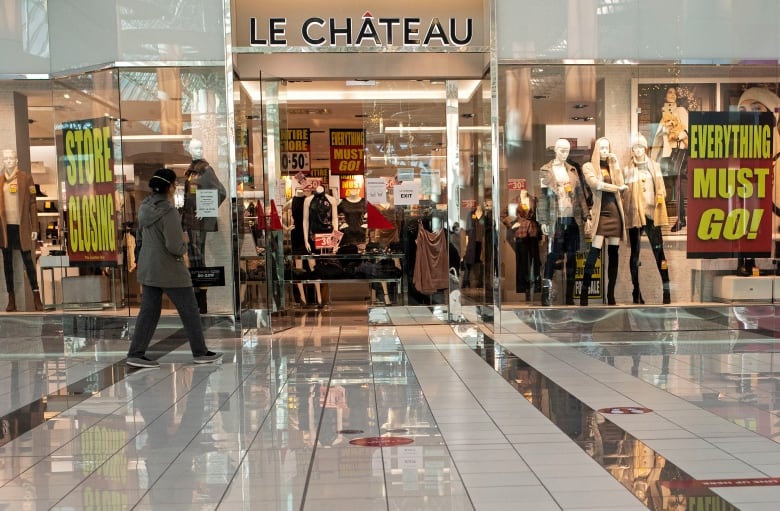Cost of Living27:31Dead brands brought back to life
One brand of clothing — specifically pants — has always had a special place in the closet of Alex Curry of Sexsmith, Alta., a small town about 20 kilometres north of Grand Prairie.
“From high school, I loved Modrobes. I think from about Grade 7, I really noticed they were unique.”
The loose-fitting, made-in-Canada pants came in a range of bright colours and were the height of rave and streetwear fashion in the late 1990s.
However, after that initial craze passed, the brand sought bankruptcy protection in 2003. It attempted a return in 2010, but the second life didn’t last long.
That is, until 2022. After a chance search on eBay to see if he could buy a pair of the pants, Alex discovered the brand had been put up for sale. He and his wife, Zoë, ended up buying the company, and are now operating it out of their home as an online store.
Modrobes isn’t the only once-dead brand that’s recently been resurrected: stores like Le Château, Pier 1 and HMV have all been reworked in some form, as companies try to capitalize on customers’ nostalgia.
Bringing back beloved brands — whether online, as a pop-up or as full bricks and mortar — can be good business. That’s because the factors that lead to a company’s demise can sometimes have little to do with whether consumers are still interested in its products, says retail advisor Farla Efros.
“It’s kind of what happens behind the scenes,” said Efros, formerly CEO of True Religion Brand Jeans, itself a brand that came back from bankruptcy twice.
It could be that poor management or cash flow are to blame, or an outside circumstance, like the COVID-19 pandemic.
“But at the end of the day, it’s not the brand’s fault.”
And even though some consumers have complained that a brand’s return isn’t the same as before — products can be of worse quality, at a different price point or have less selection — companies are hoping the brand equity makes up for it.
A hidden value
Some of these brands have a lot of heritage, said Efros, who is now president of HRC Retail Advisory, part of professional services firm Accenture.
When they return, “it’s kind of like bringing the band back together again.
“And they come back because they have a ton of…
Click Here to Read the Full Original Article at CBC | Top Stories News…

